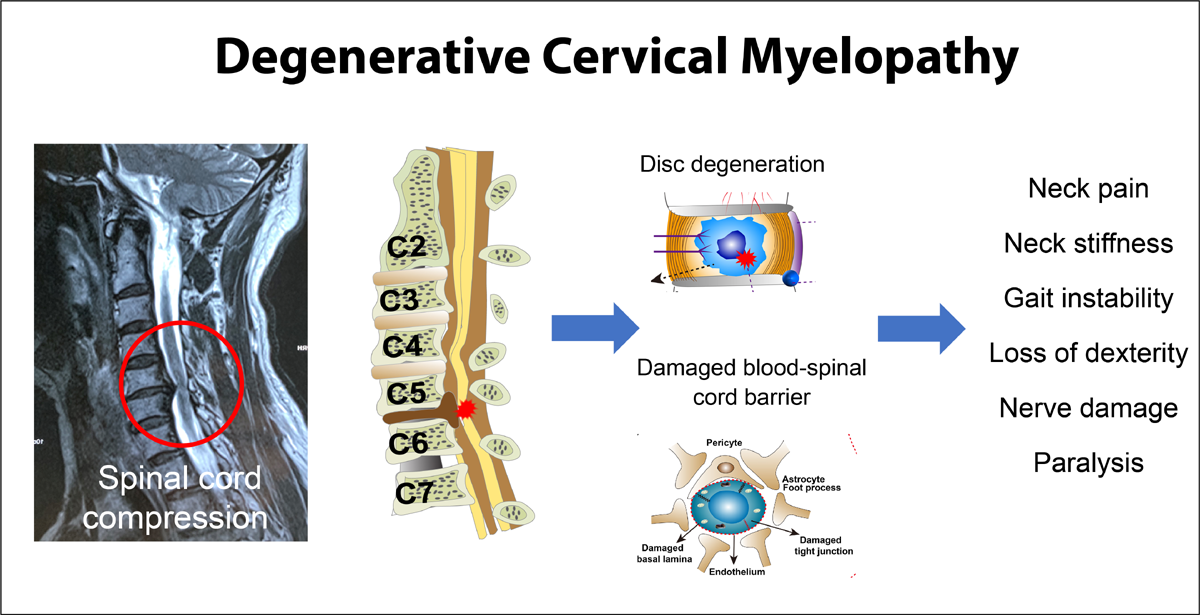The Posterior Neck and Cervical Spine
We would all like to thank Dr. Richard C. Schafer, DC, PhD, FICC for his lifetime commitment to the profession. In the future we will continue to add materials from RC’s copyrighted books for your use.
This is Chapter 5 from RC’s best-selling book:
“Symptomatology and Differential Diagnosis”
These materials are provided as a service to our profession. There is no charge for individuals to copy and file these materials. However, they cannot be sold or used in any group or commercial venture without written permission from ACAPress.
Chapter 5: The Posterior Neck and Cervical Spine
Introduction
With the important exception of neurologic and vertebral artery syndromes, most of the disorders witnessed in the posterior aspect of the neck are musculoskeletal conditions. Of particular significance are the symptom complexes of cervical arthritis, deformities, disorders of muscle tone, IVD syndromes, spondylosis, vertebral subluxation, tumors, and the effects of trauma. It is helpful to keep in mind that tumors of the cervical spine are usually secondary and that chronic degenerative disc disease and congenital anomalies may be asymptomatic for many years.
Functional Considerations
Nowhere in the spine is the relationship between the osseous structures and the surrounding neurologic and vascular beds as intimate or subject to disturbance as it is in the neck. Many peripheral nerve symptoms in the shoulder, arm, and hand will find their origin in the brachial plexus and cervical spine.
The gross mechanical function of the neck is determined by analysis of joint motion and muscle strength.
EVALUATING JOINT MOTION OF THE NECK
Gross joint motion is roughly screened by inspection during active motions. When a record is helpful, it is usually measured by goniometry. The prime movers and accessories responsible for voluntary joint motion in the cervical region are shown in Table 5.1.
EVALUATING MUSCLE STRENGTH OF THE NECK
Muscle strength is recorded as from 5 to 0 or in a percentage and compared bilaterally whenever possible. The major muscles of the neck, their primary function, and their innervation are listed in Table 5.2.
Structural and Neurologic Considerations
The healthy posterior neck provides stability and support for the cranium, a flexible and protective spine for movement, balance adaptation, and housing for the spinal cord and vertebral artery. From a biomechanical viewpoint, primary cervical subluxation syndromes may reflect themselves in the total habitus; from a neurologic viewpoint, insults may manifest throughout the motor, sensory, and autonomic nervous systems. Unlike the lumbar region, cervical disc herniations are not frequently associated with severe trauma; however, traumatic nerve root or cord compression has a high incidence in this area.
A general classification of musculoskeletal disorders of the neck is shown in Tables 5.3, and the function of the nerves of the cervical plexus and the brachial plexus is shown in Tables 5.4 and 5.5.
Anomalies and Deformities
Gross anomalies are rarely seen in chiropractic practice unless well adapted to the individual’s life-style. Those cases that have biomechanical significance vary in severity from minor to severe and occur multiply or singly. The cause is purely genetic transmission in about 35% of cases, and the remainder is due to environmental factors or a mixture of genetic and environmental factors.
BASIC INVESTIGATIVE APPROACH
Subtle and asymptomatic anomalies in the cervical area frequently predispose subluxations from minor stress and underlie a pathologic process. Many anomalies do not become symptomatic unless the effects of trauma or degeneration are added. The primary concerns are whether the deformity will increase with growth and normal activity and how much does the deformity contribute to the degree of cervical instability and neurologic deficit present.
ETIOLOGIC PICTURE
A listing of the bony anomalies of the cervical spine of which all practitioners should be acquainted is shown in Table 5.7.
Cervical Rib and Related Syndromes
Anomalous development of extra ribs in the region of the cervical vertebrae may be found singularly, bilaterally, or multiple bilaterally. The condition is usually seen at C7, and the cause is a variation in the position of the limb buds. It may vary from a small nubbin to a fully developed rib. A small rudimentary rib may give rise to more symptoms than a well-developed rib because of a fibrous band attached between the cervical rib and sternum or 1st thoracic rib. The incidence of cervical rib is more frequent in women in the ratio of 3 to 1.
BASIC INVESTIGATIVE APPROACH
A cervical rib rising from C7 and ending free or attached to the T1 rib appears in the neck as an angular fullness that may pulsate because of the presence of the subclavian artery above it. It rarely produces symptoms, and it is usually first noticed when percussing the apex of the lung. The bone can be felt behind the artery by careful palpation in the supraclavicular fossa. It can also be readily demonstrated by roentgenography. Pain or wasting in the arm and occasionally thrombosis may occur from the impaired circulation effected.
Grieve points out that some clinicians are far too anxious to blame upper limb paresthesiae on the presence of a cervical rib just because it is there. Many patients with a cervical rib have no complaints, many without a cervical rib have similar complaints, and many with complaints have symptoms on the contralateral side of a unilateral cervical rib. However, when any anomaly such as a cervical rib is seen roentgenographically, the examiner should be suspicious that other anomalies not as evident may be associated.
| Review the complete Chapter (including sketches and Tables) at the ACAPress website |



Leave A Comment